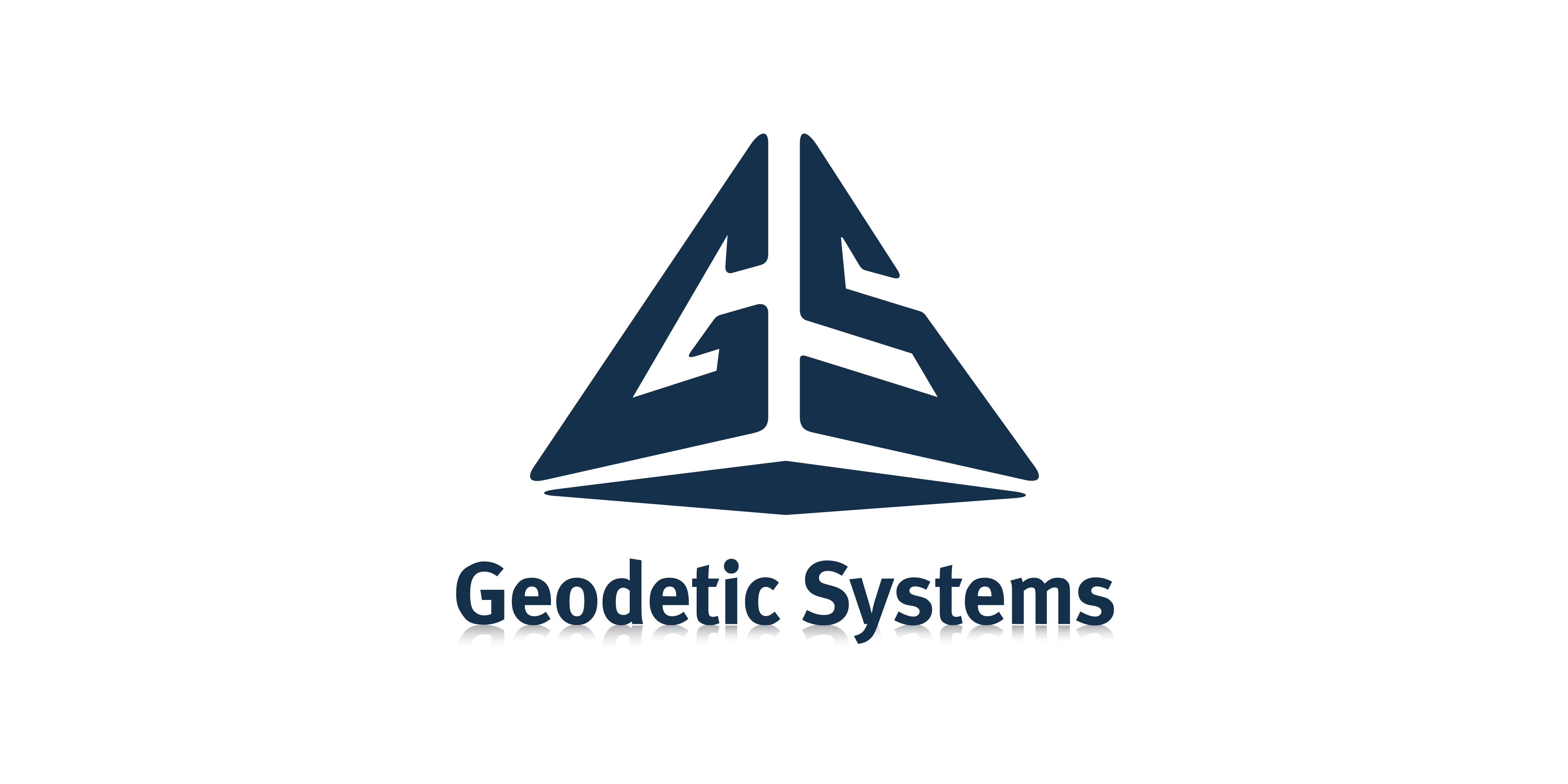Speaker Bio:
Bo Sun received his B.S and M.S. degree in Instrument Science and Technology from Tianjin University in 2011 and 2014. He is currently pursuing his Ph.D degree. His current research, under advisement of Prof. Zhu, His research focuses on large-scale 3D measuring and positioning. His dissertation is 3D shape measurement using line-scan cameras.
Integrating Inertial Sensors with Optical Measurement Systems[1]
Bo Sun, Tianjin University, Ph.D. student
Linghui Yang, Tianjin University, Lecturer
Jigui Zhu, Tianjin University, Professor
Rodrigo Gonzalez, National University of Technology, Adjunct Professor
Yongjie Ren, Tianjin University, Adjunct Professor
Jiarui Lin, Tianjin University, Lecturer
Yin Guo, Tianjin University, Lecturer
Shibin Yin, Tianjin University, Lecturer
Address: Building17, No. 92, Weijin Road, Nankai District, Tianjin, China, 300072
Phone: +086-138-2041-1159
E-Mail: bosun@tju.edu.cn
Optical measurement techniques for large-scale dimensional metrology have evolved significantly in the last decade, owing to numerous developments of laser and photoelectric technologies. To date, a large variety of optical measurement systems have been used in industrial field for geometric inspection and some of them have been integrated into the manufacturing process. However, these systems still meet challenges with the development of digital and intelligent manufacturing. Several technical problems, such as the line-of-sight problem of laser trackers and relatively poor dynamic performance of indoor positioning systems based on laser scanning (e.g. iGPS and wMPS), must be solved for better performance in real production environmental conditions. Aiming at overcoming partial limitations in current optical measurement systems, this paper introduces a new concept of integrating inertial sensors with optical measurement systems. Firstly, the benefits are illustrated by the examples of integrating an inertial measurement unit (IMU) with three typical optical measurement systems, which are laser tracker, wMPS, and line scanner, respectively. Secondly, the key technology for correcting the drift effects of the IMU is presented. Finally, the proposed methodology performance is tested by an IMU/laser tracker integrated system. The experimental results demonstrate performance improvements in applicability, robustness, and dynamic performance. It can also be concluded that, if IMU drifts can be effectively managed, the concept of incorporating inertial sensors will be a promising solution for dimensional metrology in a real manufacturing condition.





